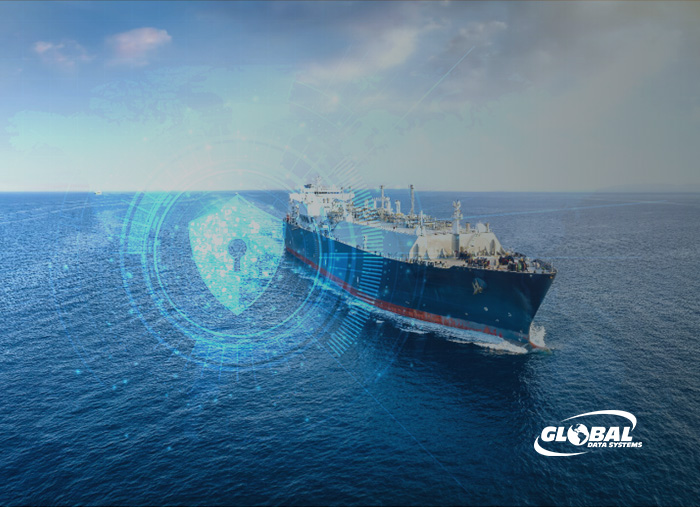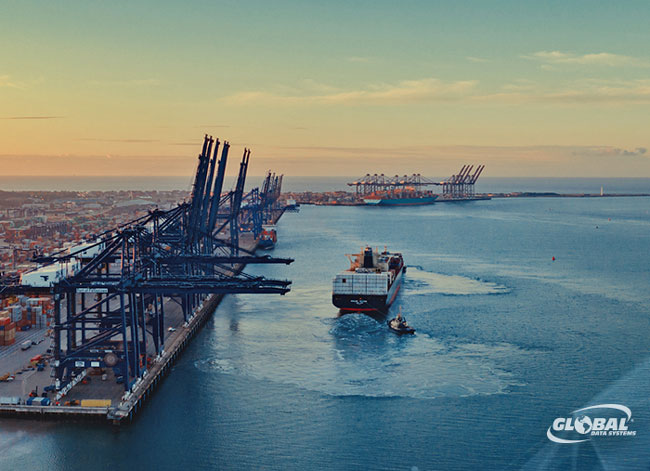In January 2025, the U.S. Coast Guard officially released its long-anticipated final rule on cybersecurity within the Marine Transportation System (MTS). This regulation marks a pivotal shift in how maritime operators must approach their cybersecurity posture—not just in terms of compliance, but in their day-to-day operational integrity.
Maritime
The Gulf of Mexico has long been one of the U.S.’s primary energy sources, accounting for significant shares of the country’s crude oil and natural gas production. It now also figures prominently in plans for the increased development of wind energy.
One of the biggest dilemmas organizations face is whether to manage IT in-house or to outsource to a managed services provider (MSP). In-house IT management often seems like a good idea. The organization maintains control over IT processes and can prioritize support according to business needs.
The inland marine sector is increasingly reliant on computing technology. Tugboat and towboat operators use an array of systems and applications to automate processes, track cargo and collect valuable data on the performance and maintenance of their vessels. While some of these systems are housed on board, others are hosted in shoreside data centers and the cloud.
Ransomware and other cyberattacks targeting the global maritime shipping industry have increased by 900 percent over the past three years, according to the World Economic Forum. The numbers reflect both the increasing value of maritime targets as well as the unique challenges of securing ship-borne IT systems.






